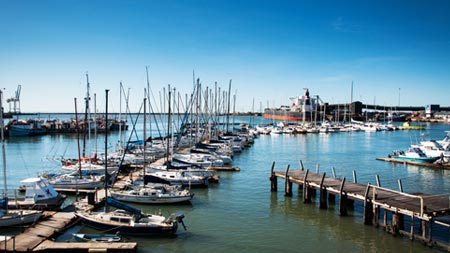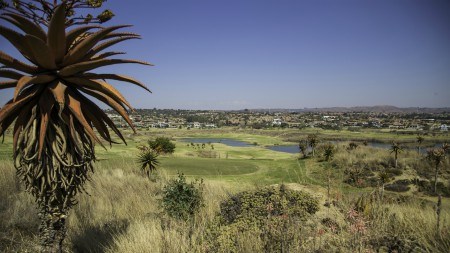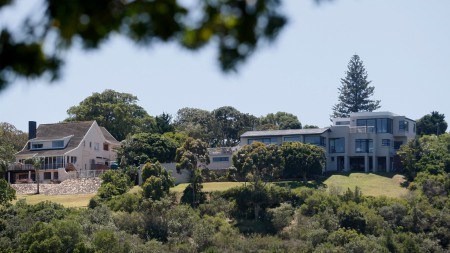Find out what it’s like to live in Malabar in Port Elizabeth from a resident who has lived in the area for 45 years.
Mogan Segadavan, a 2016 The Herald Citizen of the Year top three finalist and chairman of the Malabar Home for the Aged, has lived in Malabar for 45 years – since it was just a “one horse town”, he says.
Mogan moved to Port Elizabeth from Durban when Woolhope High School, the first school for the Indian community, was opened in the city and the government of the day insisted it be staffed by Indian teachers. “People were still in the process of moving into Malabar from South End and other areas after the Group Areas Act was implemented,” says Mogan.
Mogan has since retired from teaching after 40 years of service and is now involved in various charities. He has an owner-built house, which was the first in the lower half of Malabar. “We’ve changed the structure over the years and it’s nowhere near the original structure built some 40 years ago,” he says.
Mogan says that when he first arrived in Malabar there were not many houses in the area. He says there were two categories of homes back then – privately owned houses and council houses.
The council houses were divided into a further two categories: one category had ceilings, a toilet and running water inside, while the homes in the other category, called R5 houses (because of the rental), had no ceilings and the toilets and taps were outside.
The council then built economic homes and the area became known as Hungry Town because some people struggled to pay the rent.
The next phase was sub-economic homes. “These were called Smartie Town because of the colour of the houses,” says Mogan. Next came the RDP houses built in a part of the area called Extension Six.
Much has changed since then and the suburb of Malabar has expanded into what it is today. Many of the homes are sprawling showpieces – evidence of significant investment in the area.
Mogan says there are some families who have also lived in Malabar for several generations. “Initially, there were just two churches, two temples and one mosque. Today, there are many more privately-owned homes, several churches, temples, mosques and schools.”
According to Mogan, Malabar is generally quiet, “But like in all areas, while crime does rear its head every now and again, it’s not rampant.” He says a big drawcard for people looking to buy here is that houses in Malabar are cheaper than in other suburbs. “All the amenities are also close by. You can get to hospitals, the police station and shopping centres pretty easily.”
There has been an influx of new residents to the area recently
-Mogan Segadavan.
Things people may not know about Malabar:
- Malabar is named after Malabar Hill in India.
- It was established to accommodate displaced Indian residents from South End when the Group Areas Act was implemented.
- The original name suggested for Malabar was Woolhope, but the white community of the
- day objected because there was already a Woolhope near Westering. However, one of
- the most prominent schools in Malabar is still known as Woolhope Secondary School.
Schools near Malabar, Port Elizabeth:
- Woolhope Secondary School
- Malabar Primary School
- Nizamiye AlAzhar Institute
- Nasruddin Islamic High School

This article originally appeared in Neighbourhood, Sunday Times.






